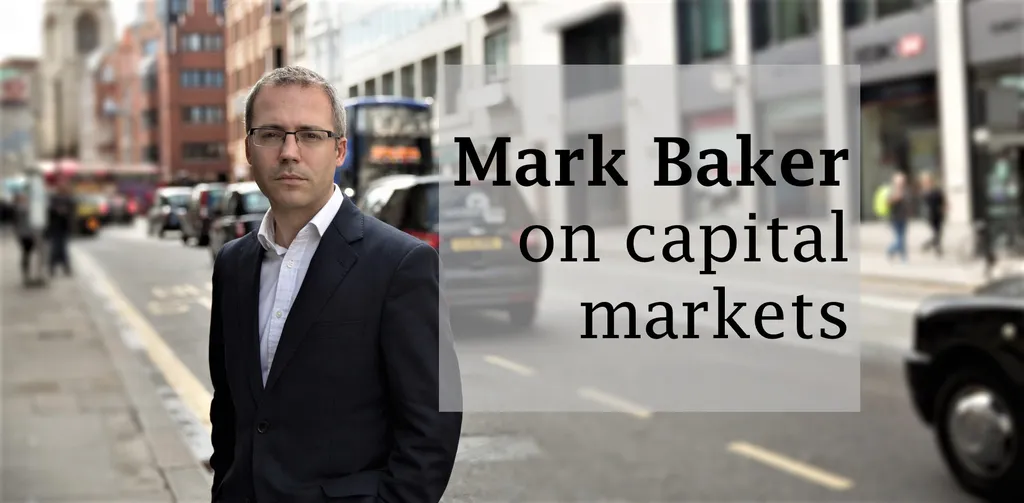It’s nearly the end of the year, so how about an alternative award?
Award category: Least-Understood-And-Yet-Easy-To-Understand-Capital-Markets-Thing
Winner: The Greenshoe
As the recent Aramco IPO has shown yet again, the greenshoe (or over-allotment option, to give it its proper name) still proves confusing to some. That’s surprising, because there’s not really a whole lot to grasp.
Underwriters routinely over-allocate IPOs, typically by 15%. They do this by short-selling the extra shares, borrowing them from some investors in order to allocate them to others. This
Thanks for your interest in Euromoney!
To unlock this article, enter your e-mail to log in or enquire about access:




